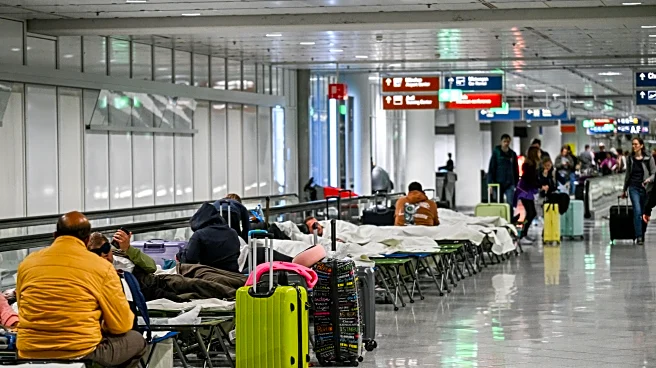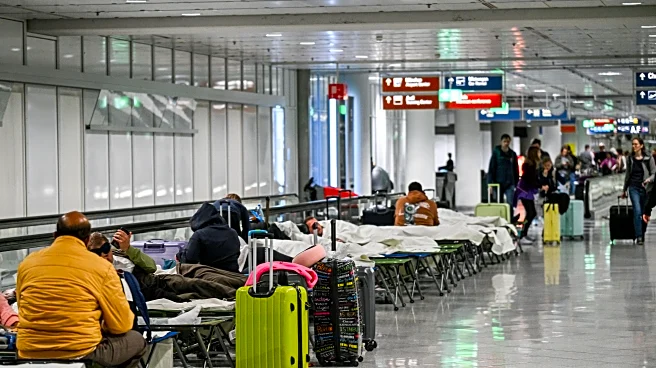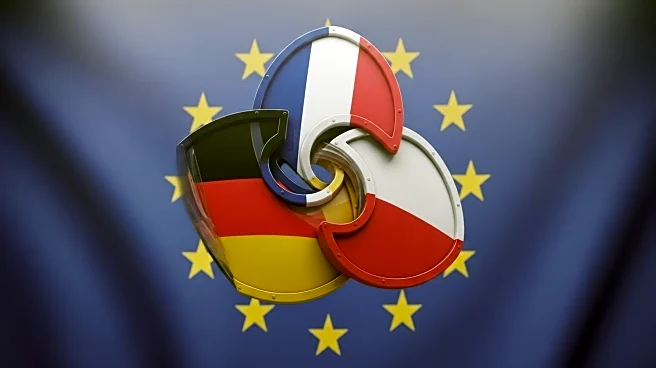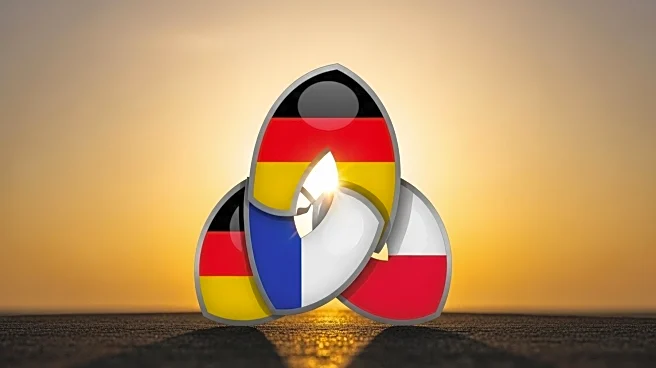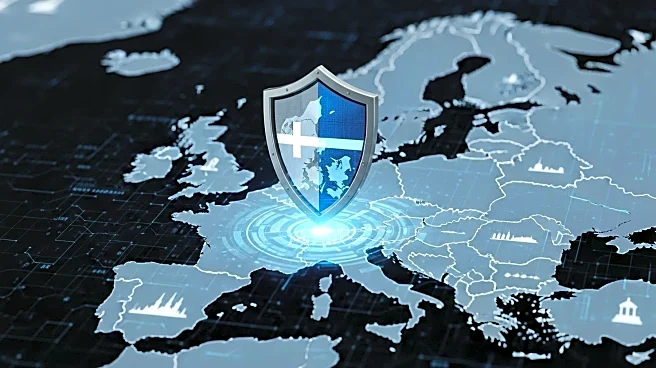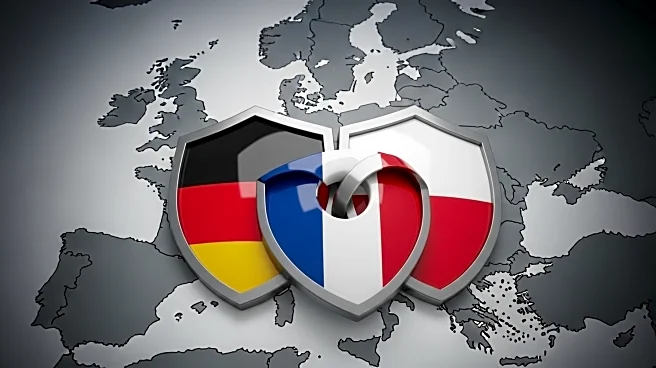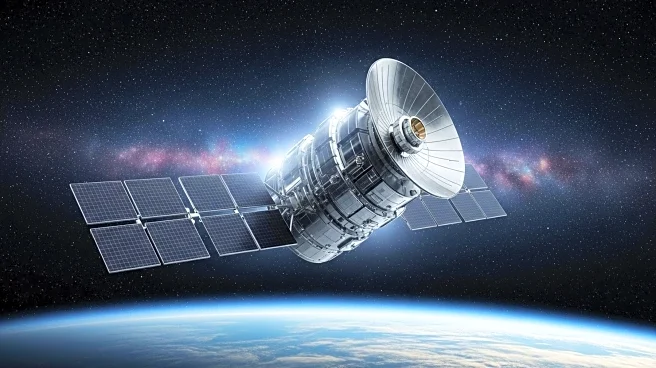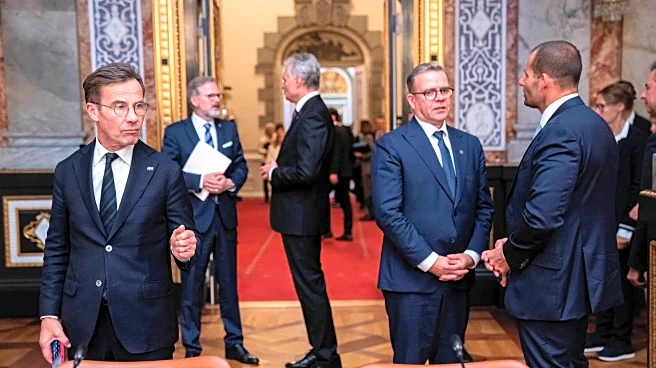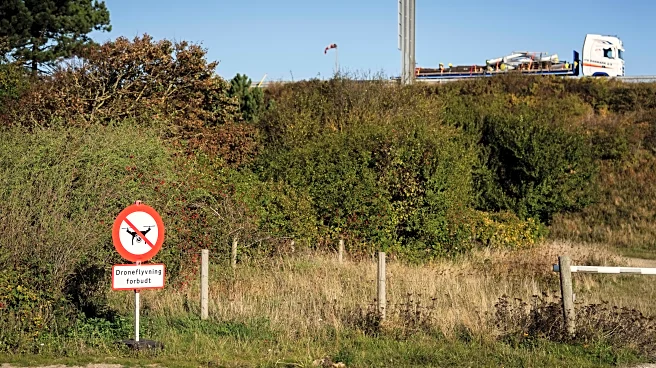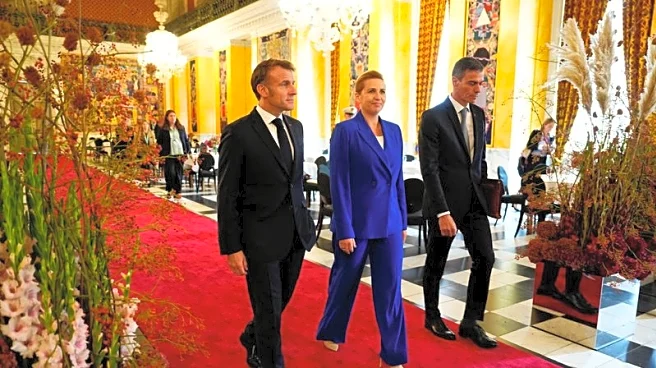What's Happening?
France is facing significant bureaucratic challenges in coordinating military transport across Europe, as highlighted by Brig. Gen. Fabrice Feola. The ongoing conflict in Ukraine has increased the need for rapid deployment of troops and equipment to NATO's eastern flank. However, current procedures for military convoys to cross European borders are taking much longer than the EU's target of five days, often extending to tens of days. This delay poses a risk to NATO's ability to mobilize resources effectively in response to potential threats. The EU is working on regulatory proposals to simplify these procedures, aiming to enhance military mobility across the bloc. France, along with Germany and the Netherlands, is pushing for the establishment of dedicated corridors capable of handling military vehicles, which would streamline the process and reduce bureaucratic hurdles.
Why It's Important?
The ability to quickly mobilize military resources is crucial for NATO's strategic readiness, especially in light of the ongoing tensions in Eastern Europe. The delays in military transport could hinder NATO's response capabilities, potentially compromising the security of member states. The situation underscores the importance of efficient logistics and infrastructure in maintaining a robust defense posture. The EU's efforts to address these challenges are vital for ensuring that NATO can effectively project power and support its allies. The establishment of dedicated transport corridors would not only improve military mobility but also enhance the overall security framework within Europe.
What's Next?
The EU is expected to unveil new military mobility rules aimed at reducing the time and complexity of cross-border military transport. France is advocating for the identification of specific corridors that can accommodate military convoys, which would involve upgrading infrastructure such as tunnels and bridges. The success of these initiatives will depend on the cooperation of EU member states and their willingness to streamline bureaucratic processes. The outcome of these efforts will be closely watched by NATO and its allies, as it will have significant implications for the alliance's operational readiness and strategic planning.

